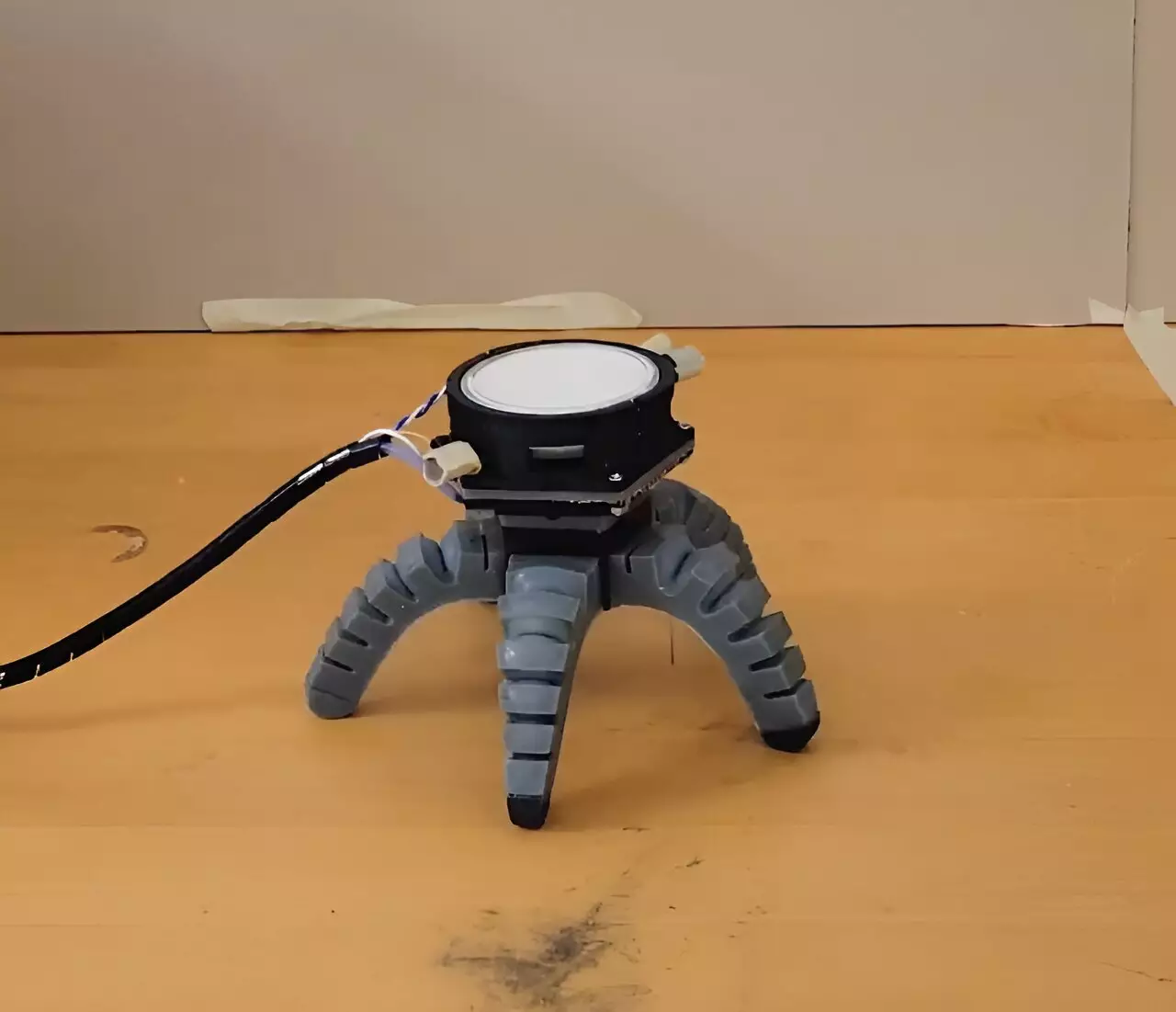The field of robotics continues to evolve, with engineers constantly seeking innovative ways to enhance the functionality and adaptability of machines. Recently, a pioneering study conducted by researchers from Cornell University showcased a groundbreaking approach in this realm by incorporating the biological components of fungal mycelia into the construction of biohybrid robots. This novel integration blurs the lines between living organisms and artificial systems, providing a unique pathway for the development of smarter, more responsive machines capable of interacting with their environments on a deeper level.
Mycelia, the sprawling underground network of thread-like structures formed by fungi, hold remarkable properties that can be instrumental in robotics. Unlike conventional synthetic sensors that operate based on a predetermined set of functions, mycelia possess the ability to actively sense and respond to environmental changes, making them ideal candidates for integration into robotic systems. Their resilience allows them to thrive in diverse and sometimes harsh conditions, a feature that could considerably enhance a robot’s adaptability in unpredictable settings.
The research team led by Anand Mishra recognized this potential and conducted experiments measuring the electrophysiological activity of mycelia. The results demonstrated that these living systems could relay information through electrical signals, reacting to various stimuli such as light or chemical changes. This feature differentiates biohybrid robots from their purely synthetic counterparts, as they can autonomously adapt their behavior based on environmental feedback.
Creating biohybrid robots is not merely a matter of merging technology with biology; it entails a rich blend of multiple disciplines. The success of this project relied on the collaboration of experts from diverse fields, including mechanical engineering, mycology, neurobiology, and signal processing. Such interdisciplinary efforts are vital in navigating the complexities of grown mycelia and their integration with robotic components.
Mishra experienced firsthand the challenges of collaborating with specialists in these varied fields. For instance, understanding how to cultivate and maintain clean cultures of mycelia was crucial, as any contamination could undermine the precision of the electrical measurements. By collaborating with researchers skilled in electric signal recording and mycelial growth, Mishra was able to develop a sophisticated system capable of accurately interpreting mycelia’s bioelectrical signals and translating them into robotic actions.
Two distinct biohybrid robots were constructed—a soft robot designed to mimic a spider’s movement and a wheeled robot. The experimentation phase revealed significant insights into the capabilities of these new machines. Initially, the robots demonstrated their basic responses to spontaneous spikes in the mycelia’s electrical activity, leading to movement without external cues. This experiment highlighted the intrinsic connection between mycelia and robotic motion, an aspect that is fundamentally absent in traditional robotics that solely rely on programmed algorithms.
The sophistication of these robots became even clearer during subsequent trials wherein external stimuli, such as ultraviolet light, caused observable changes in their movement patterns. This responsiveness hints at a future where robots could adapt their behaviors based on unscripted cues, presenting potential applications in agriculture, environmental monitoring, and beyond.
The ramifications of integrating living systems into robotics extend well beyond improved autonomy. This research signifies an evolutionary jump in our understanding of how robots can engage with biological environments. The bi-directional interaction opens up a conversation about creating machines that do not just act but can also comprehend the underlying signals from their surroundings.
Mishra’s assertion that the project is about forging a connection with living systems is profound. Such robots have the potential to relay information about their environment in ways that traditional sensors cannot, possibly indicating stress within the ecosystem, whether that relates to soil quality or nutrient levels. This capability could lead to innovative applications in precision agriculture, where robotic farmers might autonomously determine the optimal times to apply fertilizers or pesticides while minimizing ecological impacts.
As robotics technology continues to advance, the interplay between biological systems and machinery represents a transformative frontier. The integration of mycelia into robot design symbolizes not just an engineering marvel, but also an ethical advancement towards creating machines that respect, engage with, and rely upon living systems. As future research unfolds, we may witness the emergence of intelligent biohybrid robots that serve not only as tools for human use but as contributors to the environments they inhabit. The possibilities are as intriguing as they are promising, marking a significant step toward sustainable, adaptive technology.

